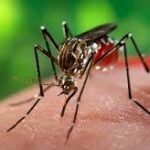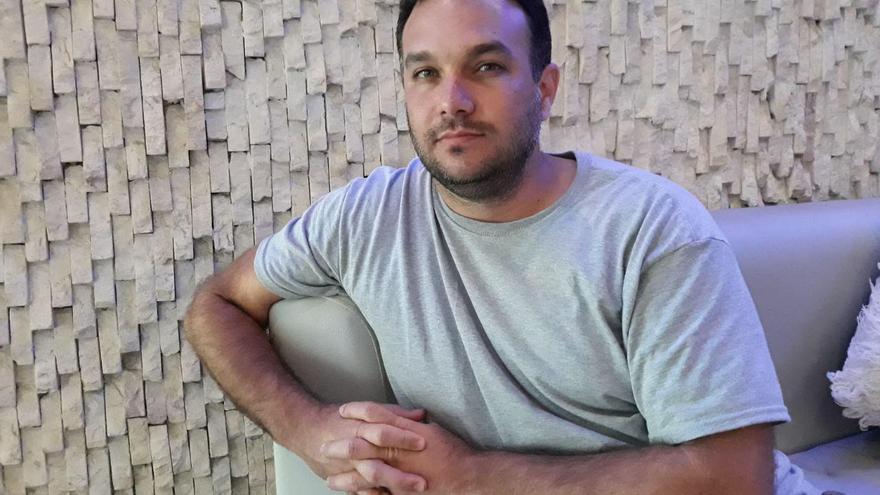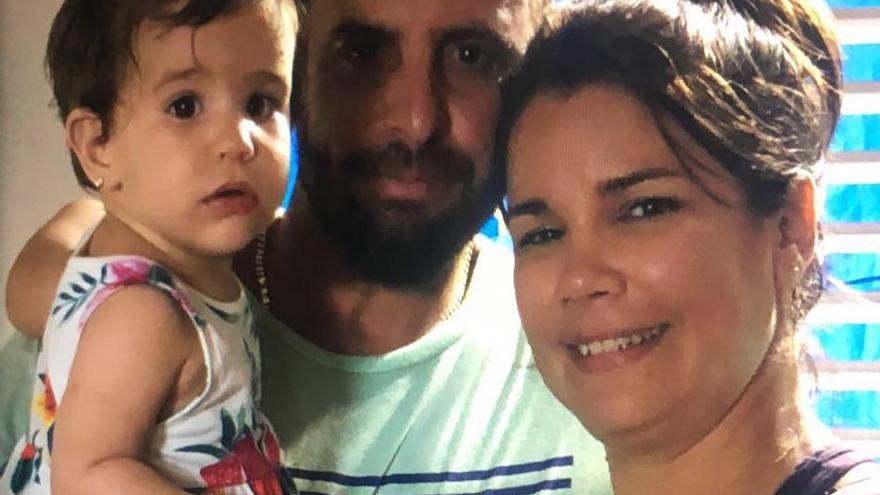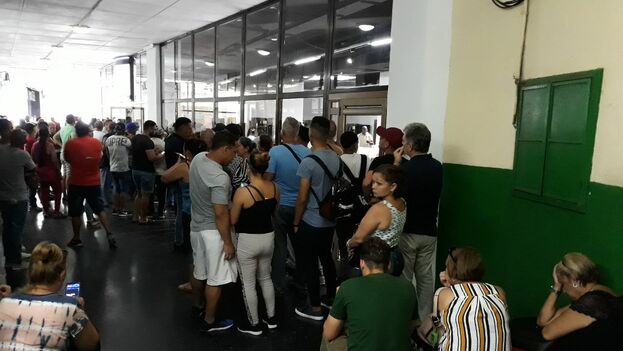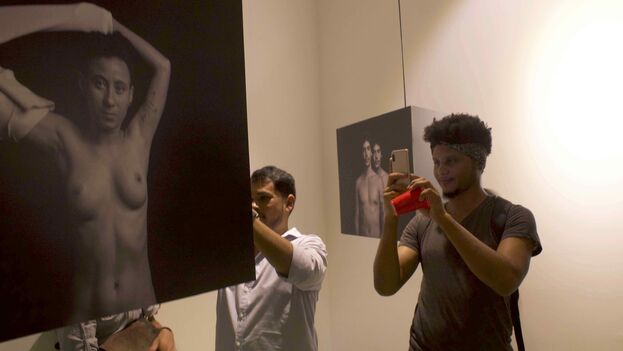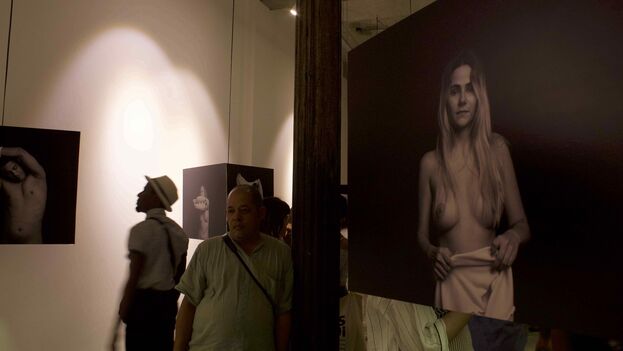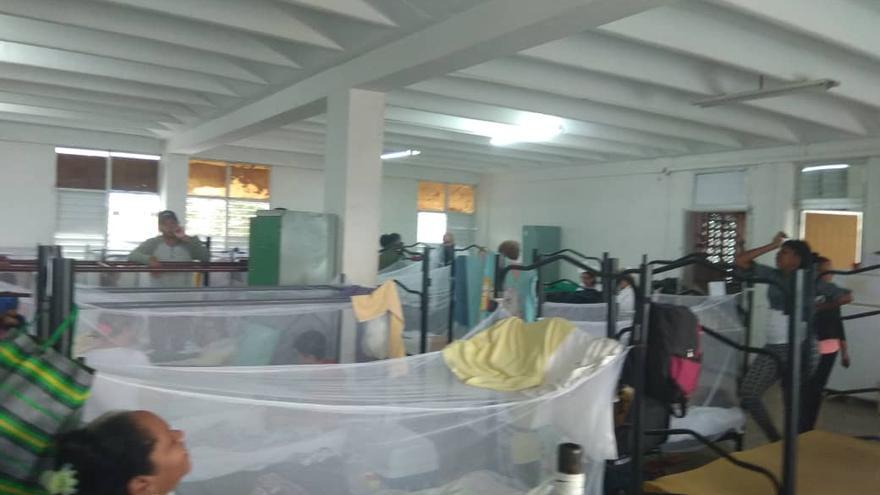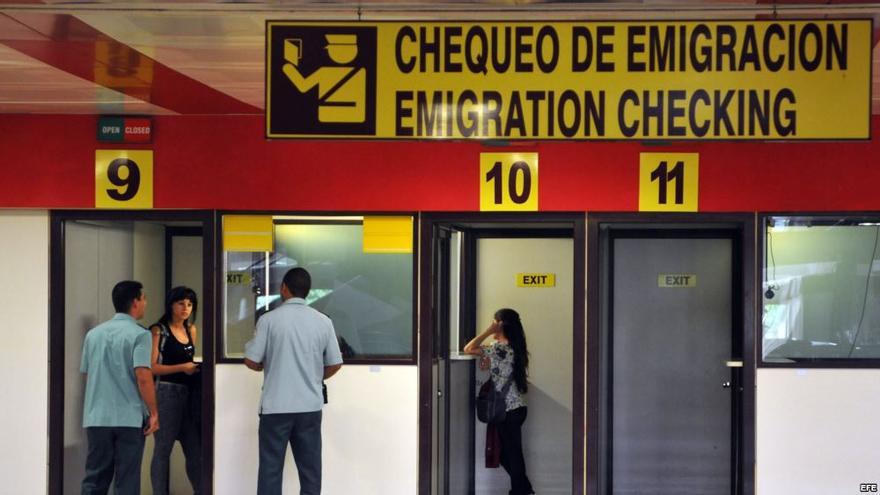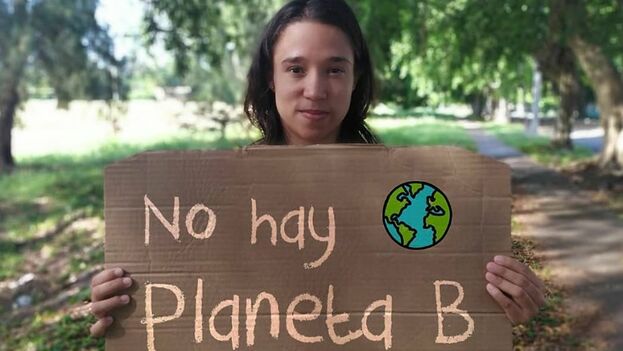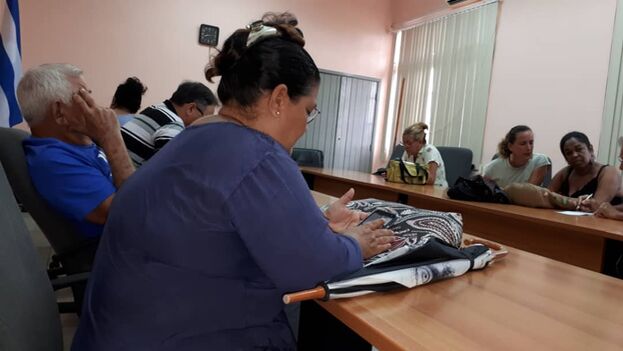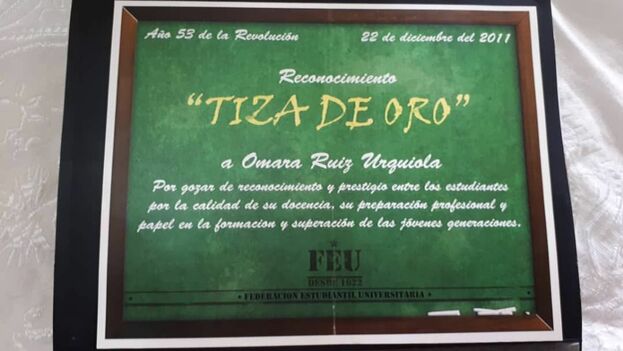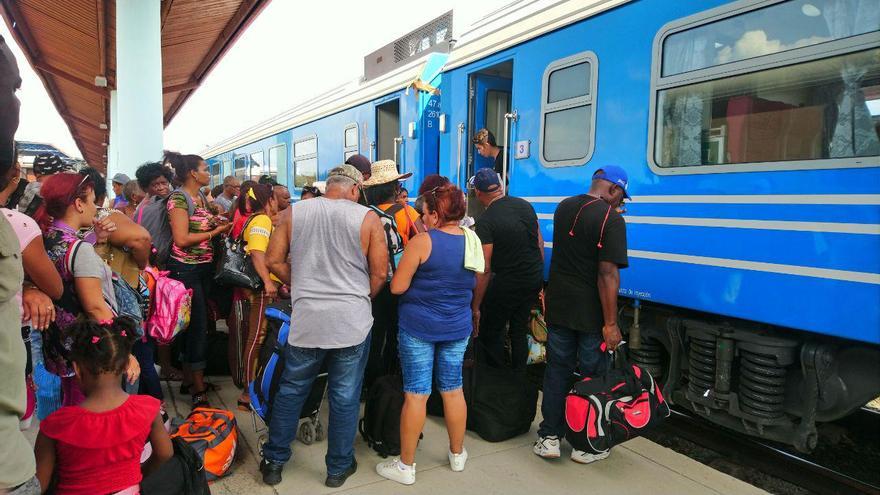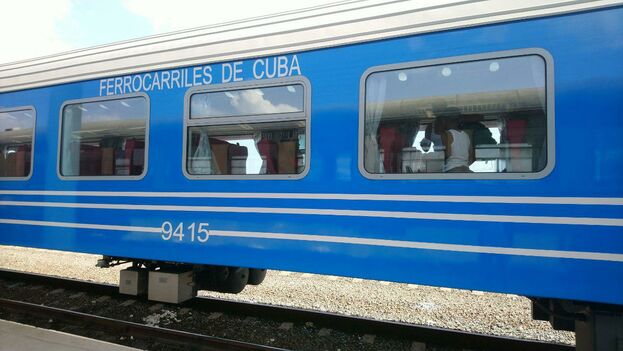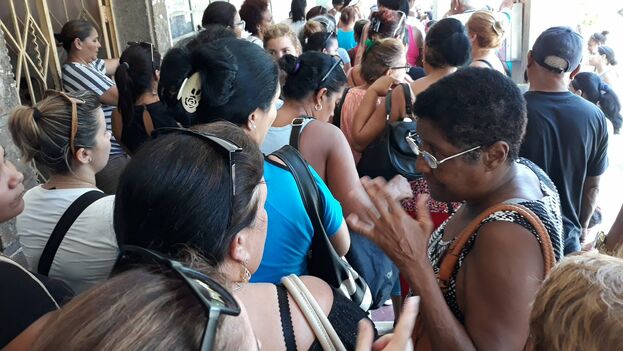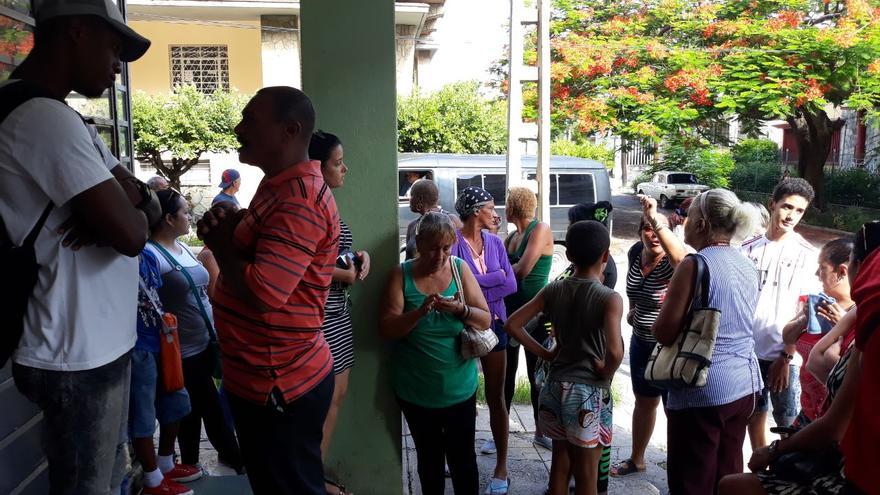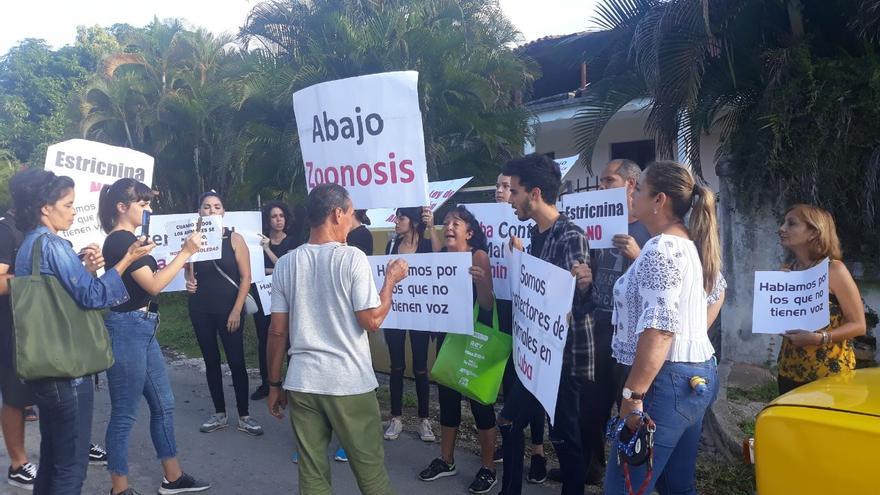
![]() 14ymedio, Luz Escobar, Havana, November 11, 2019 — With signs saying “Animal protection law,” “No more strychnine,” and “No more slaughter,” more than twenty activists protested on Monday morning in front of the doors of the state-owned Zoonosis Center of Canine Observation against the massive roundup and slaughter of street dogs that is being carried out in Havana facing the celebration of the city’s 500 years and the arrival of the king and queen of Spain.
14ymedio, Luz Escobar, Havana, November 11, 2019 — With signs saying “Animal protection law,” “No more strychnine,” and “No more slaughter,” more than twenty activists protested on Monday morning in front of the doors of the state-owned Zoonosis Center of Canine Observation against the massive roundup and slaughter of street dogs that is being carried out in Havana facing the celebration of the city’s 500 years and the arrival of the king and queen of Spain.
According to the activists, after the announcement of the visit of King Felipe VI and Queen Letizia to the island, massive roundups of Havana’s street dogs and cats were done until they exceeded the capacity of Zoonosis, for which reason mass slaughters are being performed with “cruel methods.”
Around 9 in the morning, around ten police officers arrived in the area to block the street and prevent the entry of new protesters. The activists also identified several State Security agents who “busied themselves pressuring the animal rights activists,” a young man carrying a sign with the phrase “Down with Zoonosis” told 14ymedio. continue reading
Around 10 in the morning the majority of the uniformed police left the area and a large truck arrived, the “paddy wagon” type used for numerous arrests. Only one patrol car was left with four officers and the State Security agents in civilian dress remained in the vicinity.
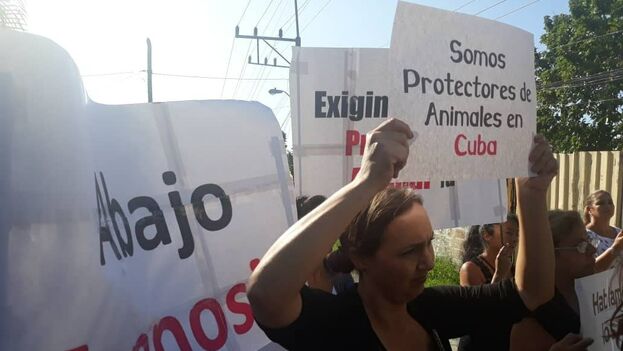
A little later a group of officials from the local government arrived and met with three of the animal defenders inside the place. Another five protesters joined the meeting for a total of eight people.
“The whole time they were asking us who was leading this protest but we told them that we are all defenders of animals in Cuba,” Beatriz Carmen Hidalgo-Gato Batista told 14ymedio. “After an hour of arduously arguing a consensus was reached and today the Zoonosis car can’t leave from there,” she clarified to this newspaper.
The first of the agreements reached between the two parties is that Zoonosis will not do any more roundups of street animals until the meeting planned for this Tuesday at 9 in the morning at the Provincial Center of Hygiene and Epidemiology at Calle 102 and 31, in Marianao. There, the animal rights activists will meet with Armando Vázquez, the person in charge of the state-owned Zoonosis.
Another of the agreements was to release the animals that were in custody, with the exception of two who remain under observation for aggression in one case and for having been bitten by an animal with rabies in the other. The protesters took twelve dogs that were in captivity and brought them home, with the idea of healing them, getting rid of their parasites, and putting them up for adoption.
One of the killing methods most criticized by the animal rights protesters is poisoning with strychnine, which causes slow and painful deaths. Moreover, the period of 72 hours established between the moment of the animal’s capture and its killing is not being observed, which reduces the time available to rescue pets.
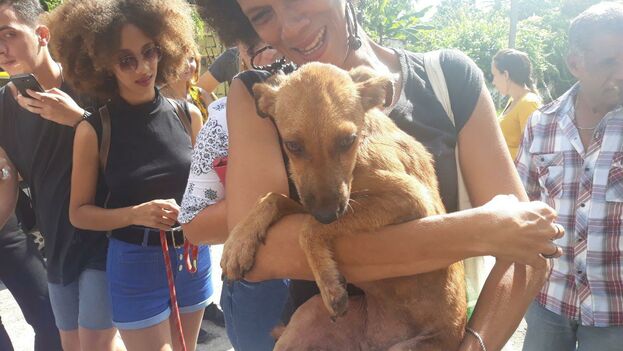
A Zoonosis neighbor and ex-worker of those facilities told this newspaper that in the time the animals are in custody they don’t receive food, they remain all together in cages, and often there are fights in which the stronger kill the smaller ones. A neighbor with an adjoining patio also complained of the mass burial of bodies that inundates the place with bad smells and sanitary problems.
Tammy Cortina, a volunteer in several groups dedicated to defending animals, sounded the alarm via social media of the presence of Zoonosis vehicles in Old Havana that in the next days the task will continue, presumably, in Playa.
“It’s mistreatment in the way that they pick up the dogs that wander the streets with the argument that they transmit diseases. Why don’t they sterilize them? Why do they have to kill them for no reason?” asked this animal lover, who is currently caring for three dogs and three cats in her home.
Among the known faces at the protest were Violeta Rodríguez, actress, animal rights activist, and daughter of the singer-songwriter Silvio Rodríguez, and Sergio Boris Concepción, member of the Cuban Executive in Defense of Animals.
According to a report published in the official press in 2007, the National Institute of Veterinary Medicine calculated the “controlled canine mass” at nearly two million and cats at 500,000. But there is no update of those figures and the National Directorate of Hygiene and Epidemiology calculates that there is a dog for every ten people, some 200,000 in the capital.
This is not the first time that animal rights defenders have protested in Cuba. Last April a march covered several streets in Havana to demand an end to animal abuse and the approval of a law that protects them. That walk against animal abuse was the first independent march, in the last half century, at which signs were allowed to be carried.
Translated by: Sheilagh Herrera
________________
COLLABORATE WITH OUR WORK: The 14ymedio team is committed to practicing serious journalism that reflects Cuba’s reality in all its depth. Thank you for joining us on this long journey. We invite you to continue supporting us by becoming a member of 14ymedio now. Together we can continue transforming journalism in Cuba.
And a near-term special project: Yes, it’s nasty, but clicking on the mosquito can help: 